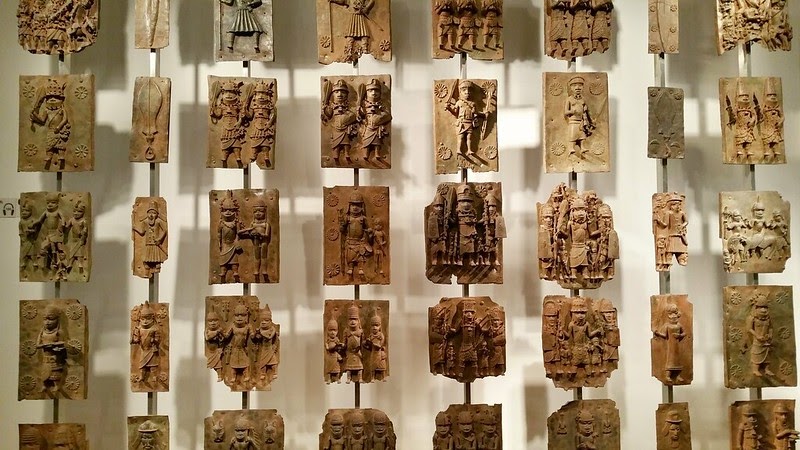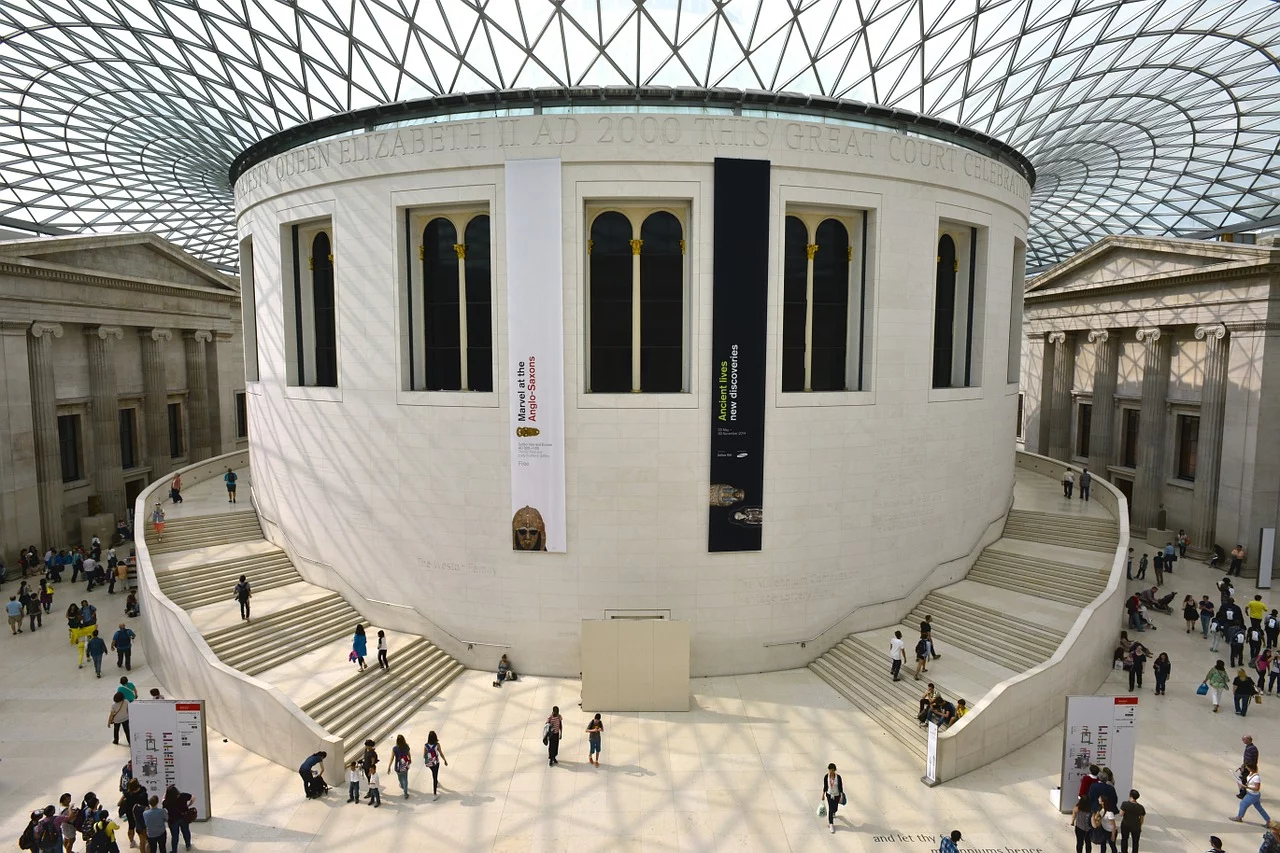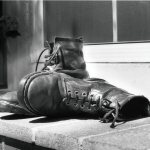I still remember the first time I went to visit the British Museum with my brother. I found myself staring at the museum’s collection map and, as indecisive as I am, I could not pick a starting point for our journey. Did I want to be taken back to Ancient Rome and Greece and stroll through halls full of temples and statues? Or was I rather in the mood for South Indian Artifacts such as the statue of Shiva Nataraja? And what about Ancient Egypt — I always wanted to see a Sphinx! I was amazed by the fact that all those treasures could be found within one building in Central London, but my brother only rolled his eyes and said: “Ever heard of Colonialism?” and all of a sudden I was not that amazed anymore.
They came, they saw, they took
People who grew up in western parts of the world tend to forget that exhibition material is more than just a collection of pretty things to look at. Those objects are related to ancient myths and represent the origin of entire cultures. One of the many ways Britain exploited several parts of the world as a colonizer, was the theft of cultural assets, only for them to be displayed in their museums. Especially in the last few years, countries have started to demand those stolen artifacts back. Since then it’s been heavily discussed in the media if those artifacts should be returned or not.
Museums have two main arguments that speak against them handing back the artifacts. Firstly, it is claimed that the countries of origin do not have the required knowledge and means to maintain the objects. The fact that western museums consider their knowledge regarding ancient artifacts as superior to eastern museums, is not a good look considering the entity of this discussion. Furthermore, and almost a bit ironically, there is a claim that returning some of these goods is almost impossible, because the original owners are not traceable, even though researching the artefacts’ origins is a huge part of the museums’ work. Yes, returning heavy marvel-built parts of Greek temples back to their home country would be without a doubt an intense process, but maybe this is just one more hint that they were never meant to be displayed in foreign museums in the first place.
Cultural appreciation or exploitation?
Museums are not the only places where we can find awkwardly placed ancient artefacts. Within one mile distance from the British Museum stands Cleopatra’s Needle, which has no connection to Cleopatra besides its origin. It came all the way from Alexandria in 1877 after being gifted to Britain by the Sultan of Egypt and Sudan. Two similar obelisks found their way to Paris and New York. Shipping those enormous artifacts to their current placements was expensive and nearly took the lives of some of the sailors. All this expenditure for a monument. What is it with the West and its obsession with other cultures? Whilst cases such as Cleopatra’s needle are at least not as ethically questionable as the display of stolen artifacts, it is still an example of the West and its exceptionally strong interest in other cultures. On the one hand, some representatives have openly spoken about appreciating the fact that their culture is being displayed to a huge audience, yet it should also be possible for their citizens to see the artifacts that have been crafted by their ancestors.

Some museums, such as the Nationaal Museum van Wereldculturen, introduced a policy which is dedicated to the returning of goods that are reclaimed by their original owners. There are also private collectors who handed back artifacts that they inherited, which is how some of the famous Benin Bronzes found their way back home, while most of them are still in the British Museum in London or in the Metropolitan Museum in New York. France handed back a few objects in November last year, but it does not outweigh the fact that former colonies only own a small percentage of their cultural artifacts, whilst their former colonizers withhold most of them. For example, 90 percent of African artifacts displayed are exhibited in European museums.
The discussion surrounding the stolen artifacts has, of course, many more factors and stories that have to be considered, but in the end; theft is theft. If former colonies reclaim their cultural heritage, they have every right to have them handed back. And if it is, for whatever reason, not possible to return stolen goods, then there has to be at least enough transparency regarding how they ended up in the museum’s possession. Britain, and other former colonizers, have profited from other cultures for long enough and it is time for them to talk about their history. After all, that’s what museums are here for, isn’t it?
by Kristina Bartl
Photo Credits
London, Das British Museum, symbol
Museum, Roof, Architecture, London, hurk
Benin Bronzes, Archie, CC BY 2.0










